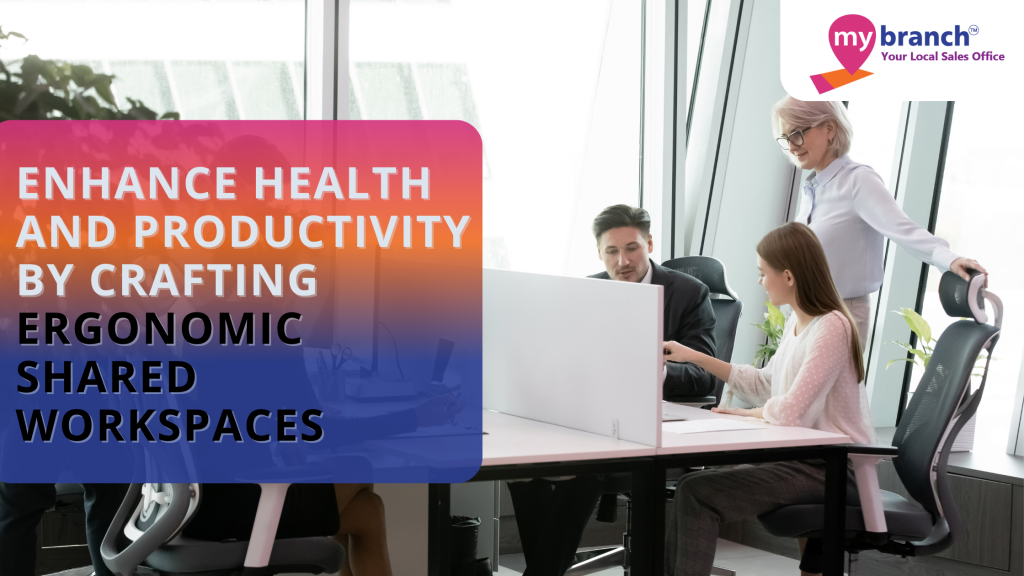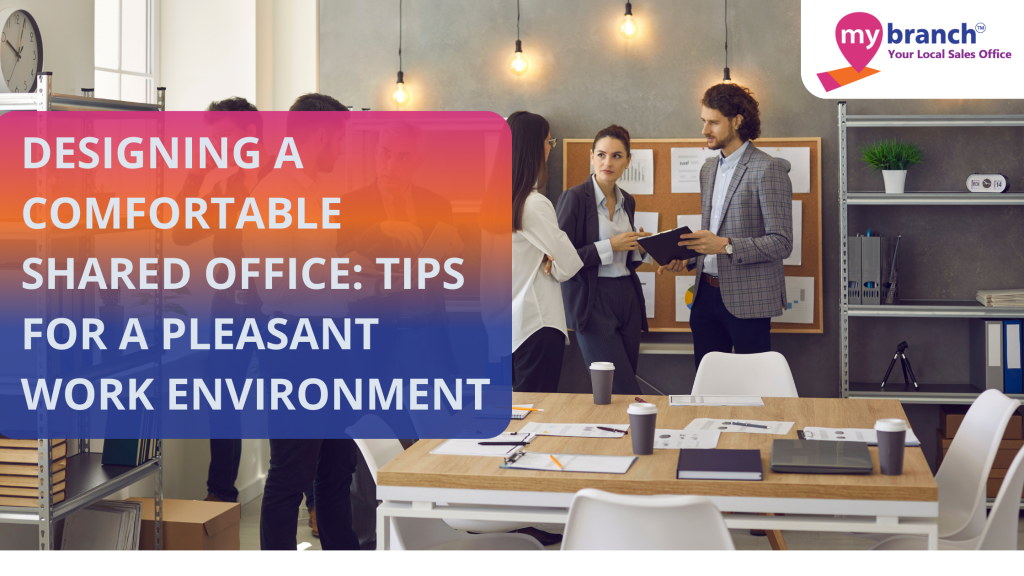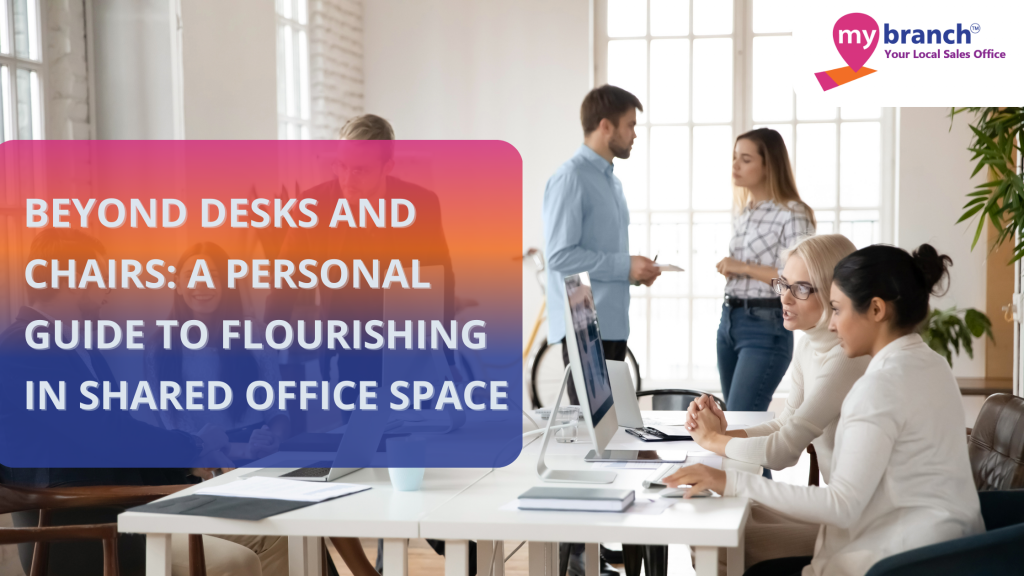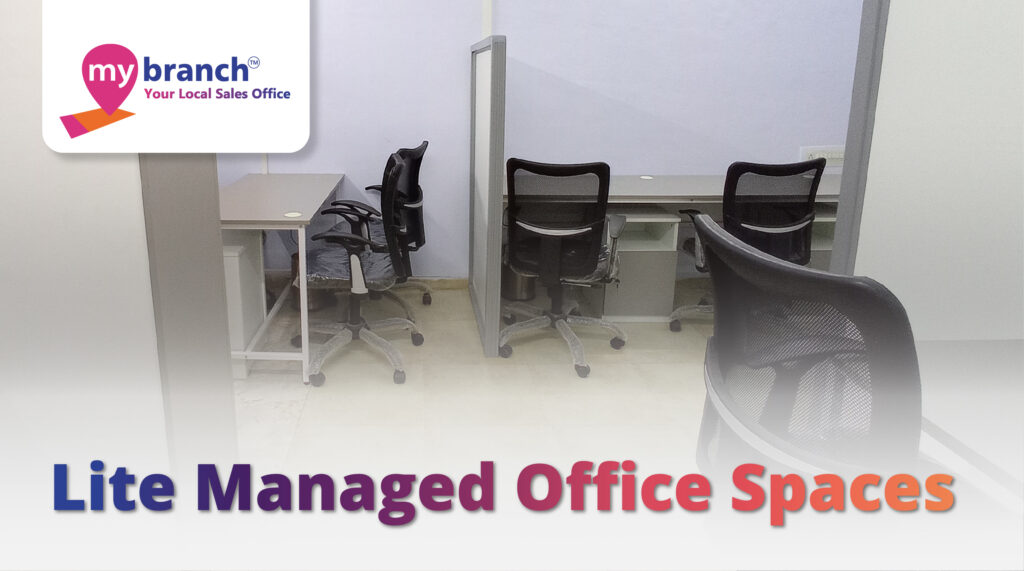
So, you’ve got a passion project brewing, and you’re thinking about turning it into a business. Perhaps you’ve always had a passion for graphic design, photography, fitness training, or even content creation. But there is one thing holding you back: Money.
The thought of raising capital, applying for loans, or giving up a slice of your baby to investors might make you hesitate. What if I told you that starting your business with zero (or very little) investment is possible? Yep, you heard that right! You can kickstart your venture with creativity, hustle, and a strategic plan. Let’s break down how.
1. Leverage Your Skills and Network
One of the easiest ways to start a business without upfront capital is to leverage what you already have. Think of it this way: you’ve already invested time and effort into honing your skills. Why not capitalize on that?
Let’s say you’re a skilled photographer. You don’t need to rent a studio right away. You can start by shooting on location or even at your clients’s homes. Similarly, if you’re a designer, you probably don’t need fancy software right off the bat. Open-source tools can do the job just fine until you start raking in cash.
Also, don’t underestimate the strength of your network. Friends and family can help you spread the news and get your first few clients. Furthermore, you can work with others who are starting out, swapping services to keep expenses low. Do you need branding? Find a design student searching for a portfolio boost and give your services in exchange. Boom! No money was spent.
2. Start Lean with Low-Cost Marketing
Marketing is one of the most expensive aspects of running a firm. But here’s the thing: you don’t have to spend money on billboards or Google Ads to be recognized. There are numerous low-cost strategies to generate attention around your company. This is a fast list:
Social Media: This one’s obvious but essential. Platforms like Instagram, TikTok, and LinkedIn are your best friends. Use these free platforms to create content that reflects your brand and engages your target audience. Be consistent, authentic, and, above all, patient. Building an audience takes time, but it pays off.
Content Marketing: Start a blog, make useful YouTube videos, or launch a podcast. Content marketing establishes you as an expert in your field and fosters trust with potential consumers. And guess what? Writing a blog or recording a podcast doesn’t cost anything but your time.
Partnerships: Collaborate with other small brands or entrepreneurs. Cross-promotion is a super-effective way to build an audience without spending a cent. Find a brand with a similar audience and team up for an Instagram giveaway or a joint blog post.

3. Use Free or Low-Cost Office Solutions
A traditional workplace may be ideal, but it is not required in the early stages. Indeed, shared office space is becoming increasingly popular among startups, and with good cause. Rather than being locked into a long-term lease, you can rent space as needed. This gives you flexibility and helps keep your overhead low.
If you’re just starting, a managed office space can be a real game-changer. Why? You get all the perks of a professional workspace (hello, fast internet, and coffee!), but you’re not stuck with the high costs of utilities, cleaning, and maintenance. You get to focus on your business without worrying about managing an office.
Perhaps you prefer the notion of a coworking office space, where you can be surrounded by other like-minded entrepreneurs and freelancers. The excitement in these locations is frequently contagious, and you may meet new collaborators and mentors. It’s all about keeping your bills down while still having a place to work.
4. Bootstrapping and Creative Monetization
Bootstrapping may sound fancy, but it’s actually simply a mindset. It’s about making the most of what you’ve got, reinvesting your initial profits, and keeping lean. Forget about elegant offices, flashy business cards, and expensive software (for the time being). Instead, consider what genuinely drives income and double down on it.
Look for unique ways to monetize your abilities. If you’re a designer, consider offering rapid turnaround freelancing tasks on services such as Fiverr or Upwork. If you enjoy teaching, consider creating and selling digital items such as eBooks or online courses. These are low-cost items with the potential for significant profits.
5. Tap into the Power of Digital Tools
Finally, don’t forget that there are millions of free and low-cost tools available to assist you in running your business. From Canva for creating gorgeous pictures to Notion for project management, there are free versions of practically everything you need. Don’t feel compelled to invest in expensive tools straight away; start modest and improve as your firm expands.
In Conclusion: Start Smart, Start Now
Transforming your passion into a profitable enterprise does not have to be prohibitively expensive. You can get started right now with zero investments with the correct methods, a little hustle, and creative problem-solving. Take advantage of shared office spaces, work with others, and use free digital tools.
What’s the key? Simply get started. You don’t need everything planned out or a large budget. Passion plus strategy equals profit. So what are you waiting for? Dive in!









